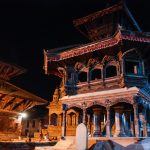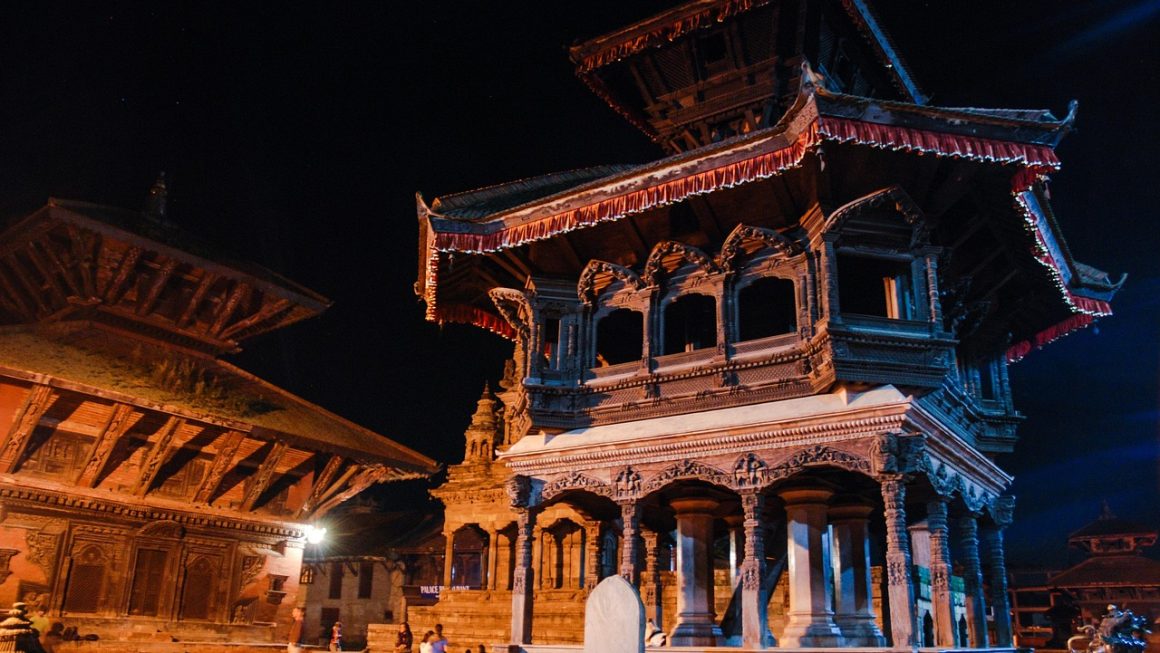Nepal’s political landscape has been marked by a dynamic interplay between monarchical authority and democratic aspirations. The abolition of the monarchy in 2008 marked a significant shift towards republicanism. However, recent years have witnessed a resurgence of pro-monarchy sentiments, prompting a reevaluation of Nepal’s political trajectory.
Political Awakening in the 1940s
The 1940s heralded a new era of political consciousness in Nepal. The formation of the Nepali Congress in 1946 and the Communist Party of Nepal in 1949 signified the populace’s growing desire for democratic governance. These parties challenged the autocratic Rana regime, advocating for civil liberties and representative rule.
Transition to Democracy and Monarchical Tensions
The 1951 revolution dismantled the Rana oligarchy, reinstating King Tribhuvan with promises of democratic reforms. However, the subsequent years were marred by power struggles between the monarchy and political parties. The 1959 general elections, which brought B.P. Koirala to power, were short-lived as King Mahendra dissolved the parliament in 1960, establishing the party-less Panchayat system.
People’s Movement and Constitutional Monarchy
The 1990 People’s Movement (Jana Andolan I) culminated in the restoration of multiparty democracy and the establishment of a constitutional monarchy under King Birendra. This period saw the promulgation of a new constitution, balancing monarchical powers with democratic institutions.
Maoist Insurgency: Roots and Resolution
In 1996, the Communist Party of Nepal (Maoist) initiated a decade-long insurgency, citing systemic inequalities, feudal oppression, and the monarchy’s resistance to progressive reforms as primary grievances. The Maoists sought to dismantle the monarchical structure, advocating for a secular, federal republic. During the insurgency, they often bypassed political parties, attempting direct negotiations with the monarchy, viewing parties as ineffective intermediaries. The conflict resulted in over 17,000 deaths and widespread displacement. The Comprehensive Peace Accord of 2006 marked the end of hostilities, integrating Maoist forces into the political mainstream and setting the stage for republicanism.(en.wikipedia.org)
The Royal Massacre and Gyanendra’s Ascension
The 2001 royal massacre, which claimed the lives of King Birendra and several royal family members, thrust Gyanendra into the throne under contentious circumstances. Public skepticism surrounded the official narrative, with many questioning the events’ authenticity. Gyanendra’s earlier opposition to constitutional monarchy and his business ventures further fueled public distrust.(indiatoday.in, independent.co.uk)
Gyanendra’s Direct Rule and Its Aftermath
In 2005, citing political instability and the Maoist threat, King Gyanendra dismissed the government and assumed direct control. This move was met with widespread protests, leading to the 2006 People’s Movement (Jana Andolan II). The king’s authoritarian measures, including media censorship and suppression of civil liberties, eroded his legitimacy. International condemnation and internal dissent compelled Gyanendra to relinquish power, reinstating the parliament.(aljazeera.com, en.wikipedia.org)
Abolition of the Monarchy and Republican Transition
In 2008, the Constituent Assembly, dominated by former Maoist rebels, voted to abolish the monarchy, declaring Nepal a secular, federal democratic republic. King Gyanendra vacated the palace, transitioning to civilian life. The move was seen as a culmination of decades-long struggles for democratic governance.(indiatoday.in)
Public Disillusionment with Political Parties
Despite the republican transition, Nepal’s political landscape has been fraught with instability. Since 2008, the country has witnessed frequent government changes, with over a dozen prime ministers in as many years. Corruption scandals, lack of effective governance, and economic stagnation have led to public disenchantment with political parties. The perceived failure of democratic institutions to deliver on promises has created a vacuum, prompting some to romanticize the monarchical past.
Resurgence of Pro-Monarchy Sentiments
Recent years have seen a revival of monarchist movements, with rallies demanding the restoration of the monarchy and a return to a Hindu state. Proponents argue that the monarchy provided stability and a unifying national identity. However, these movements remain fragmented and lack significant political representation, with parties like the Rastriya Prajatantra Party holding minimal parliamentary seats.(reuters.com)
Controversies Surrounding King Gyanendra
Gyanendra’s tenure has been marred by controversies. His direct rule in 2005, marked by suppression of dissent and media censorship, drew widespread criticism. Additionally, his son, Paras Shah, faced allegations of criminal behavior, further tarnishing the royal family’s image. These factors contribute to the apprehension surrounding the potential reinstatement of the monarchy.(wired.com)
Potential Risks of Monarchical Restoration
Reinstating the monarchy poses several risks. It could undermine the democratic gains achieved over the past decades and exacerbate existing political divisions. Moreover, it may alienate marginalized communities who view the monarchy as a symbol of historical oppression. The move could also destabilize the secular fabric of the nation, given calls to revert to a Hindu state.(reuters.com)
Conclusion
While the monarchy played a significant role in Nepal’s history, its reinstatement is fraught with challenges. Addressing public disillusionment requires strengthening democratic institutions, ensuring accountability, and delivering tangible socio-economic progress. Nepal’s future lies in consolidating its republican framework, fostering inclusive governance, and upholding the principles of democracy.




